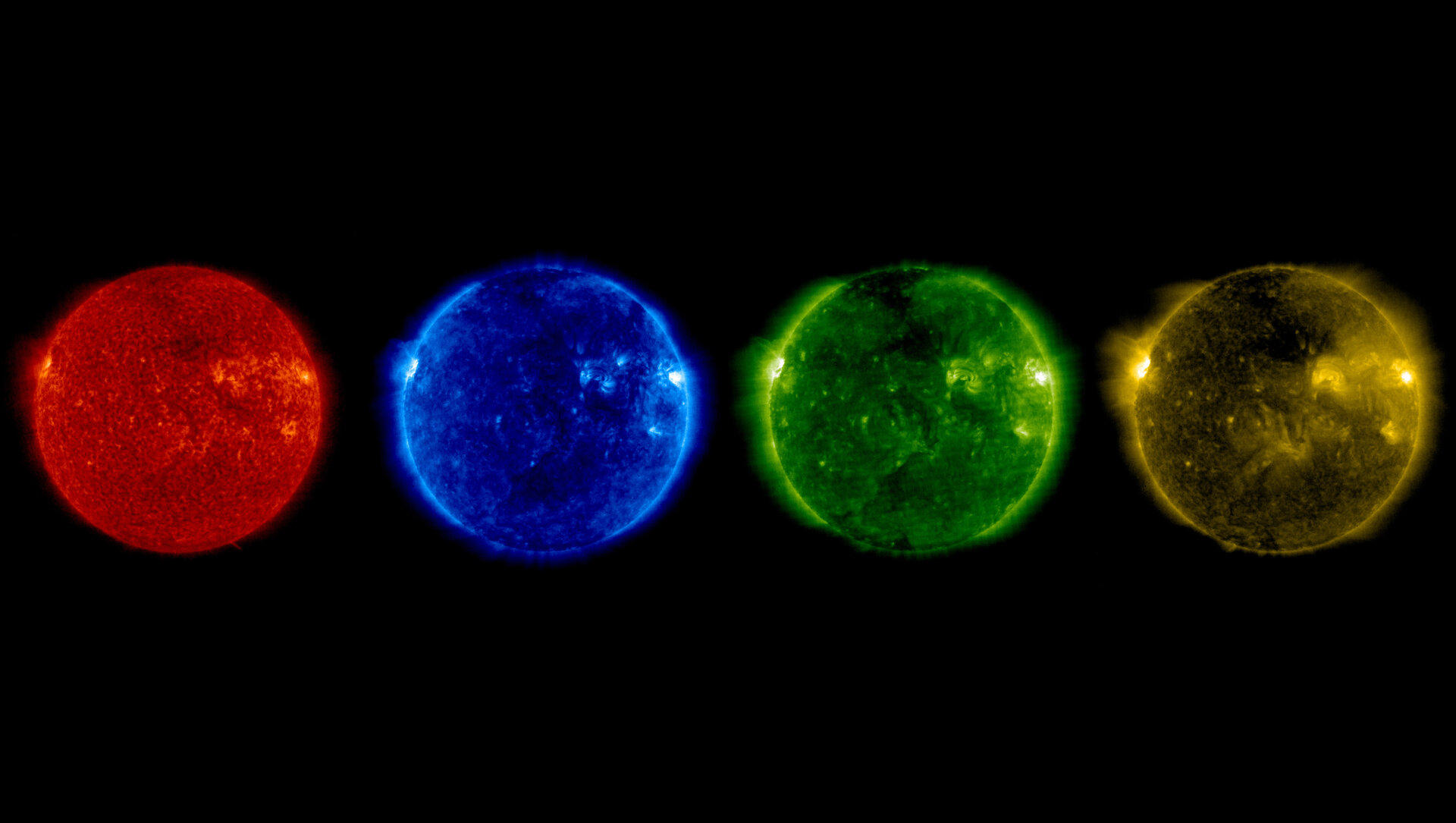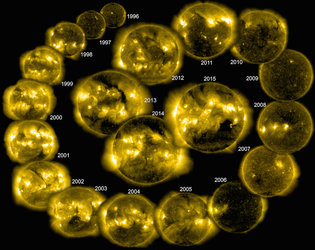Accept all cookies Accept only essential cookies See our Cookie Notice

About ESA
The European Space Agency (ESA) is Europe’s gateway to space. Its mission is to shape the development of Europe’s space capability and ensure that investment in space continues to deliver benefits to the citizens of Europe and the world.
Highlights
ESA - United space in Europe
This is ESA ESA facts Member States & Cooperating States Funding Director General Top management For Member State Delegations European vision European Space Policy ESA & EU Space Councils Responsibility & Sustainability Annual Report Calendar of meetings Corporate newsEstablishments & sites
ESA Headquarters ESA ESTEC ESA ESOC ESA ESRIN ESA EAC ESA ESAC Europe's Spaceport ESA ESEC ESA ECSAT Brussels Office Washington OfficeWorking with ESA
Business with ESA ESA Commercialisation Gateway Law at ESA Careers Cyber resilience at ESA IT at ESA Newsroom Partnerships Merchandising Licence Education Open Space Innovation Platform Integrity and Reporting Administrative Tribunal Health and SafetyMore about ESA
History ESA Historical Archives Exhibitions Publications Art & Culture ESA Merchandise Kids Diversity ESA Brand Centre ESA ChampionsLatest
Space in Member States
Find out more about space activities in our 23 Member States, and understand how ESA works together with their national agencies, institutions and organisations.
Science & Exploration
Exploring our Solar System and unlocking the secrets of the Universe
Go to topicAstronauts
Missions
Juice Euclid Webb Solar Orbiter BepiColombo Gaia ExoMars Cheops Exoplanet missions More missionsActivities
International Space Station Orion service module Gateway Concordia Caves & Pangaea BenefitsLatest
Space Safety
Protecting life and infrastructure on Earth and in orbit
Go to topicAsteroids
Asteroids and Planetary Defence Asteroid danger explained Flyeye telescope: asteroid detection Hera mission: asteroid deflection Near-Earth Object Coordination CentreSpace junk
About space debris Space debris by the numbers Space Environment Report In space refuelling, refurbishing and removingSafety from space
Clean Space ecodesign Zero Debris Technologies Space for Earth Supporting Sustainable DevelopmentLatest
Applications
Using space to benefit citizens and meet future challenges on Earth
Go to topicObserving the Earth
Observing the Earth Future EO Copernicus Meteorology Space for our climate Satellite missionsCommercialisation
ESA Commercialisation Gateway Open Space Innovation Platform Business Incubation ESA Space SolutionsLatest
Enabling & Support
Making space accessible and developing the technologies for the future
Go to topicBuilding missions
Space Engineering and Technology Test centre Laboratories Concurrent Design Facility Preparing for the future Shaping the Future Discovery and Preparation Advanced Concepts TeamSpace transportation
Space Transportation Ariane Vega Space Rider Future space transportation Boost! Europe's Spaceport Launches from Europe's Spaceport from 2012Latest

SOHO’s summer solstice Sun
Thank you for liking
You have already liked this page, you can only like it once!
Residents of Earth’s northern hemisphere enjoyed the greatest number of daylight hours in a single day all year on 21 June 2017. This summer solstice occurs when the tilt of Earth’s axis is most inclined towards the Sun, which sits directly over the Tropic of Cancer.
The ESA/NASA SOHO solar observatory provided an alternative view. It has been staring at the Sun since 1995, studying its interior, monitoring its surface and stormy atmosphere, and how the ‘solar wind’ blows through the Solar System.
The montage of images shows SOHO’s view of the Sun at different ultraviolet wavelengths in the early morning of 21 June, corresponding to solar material at a range of temperatures.
From left to right, the brightest material in each image corresponds to temperatures of 60 000–80 000ºC, 1 million, 1.5 million and 2 million degrees respectively. The higher the temperature, the higher you are looking in the solar atmosphere. The hottest areas appear brighter, while the darker regions are relatively cooler.
Back on Earth, the Sun is now beginning to trace a lower path through the sky each day. Winter solstice occurs in six months’ time, 21 December, when Earth’s axis is tilted furthest away from the Sun. With the Sun directly over the Tropic of Capricorn, this results in the shortest number of daylight hours in the northern hemisphere. The situation is reversed for the southern hemisphere, where 21 June marks the winter solstice, and 21 December the summer solstice.
Remember: never look directly at the Sun!
For more information about SOHO, including realtime images of the Sun, visit: https://soho.nascom.nasa.gov
-
CREDIT
SOHO (ESA & NASA) -
LICENCE
ESA Standard Licence

SOHO’s equinox Sun

Summer solstice 2024

The Sun’s great idea

A fiery solar explosion















 Germany
Germany
 Austria
Austria
 Belgium
Belgium
 Denmark
Denmark
 Spain
Spain
 Estonia
Estonia
 Finland
Finland
 France
France
 Greece
Greece
 Hungary
Hungary
 Ireland
Ireland
 Italy
Italy
 Luxembourg
Luxembourg
 Norway
Norway
 The Netherlands
The Netherlands
 Poland
Poland
 Portugal
Portugal
 Czechia
Czechia
 Romania
Romania
 United Kingdom
United Kingdom
 Slovenia
Slovenia
 Sweden
Sweden
 Switzerland
Switzerland

























